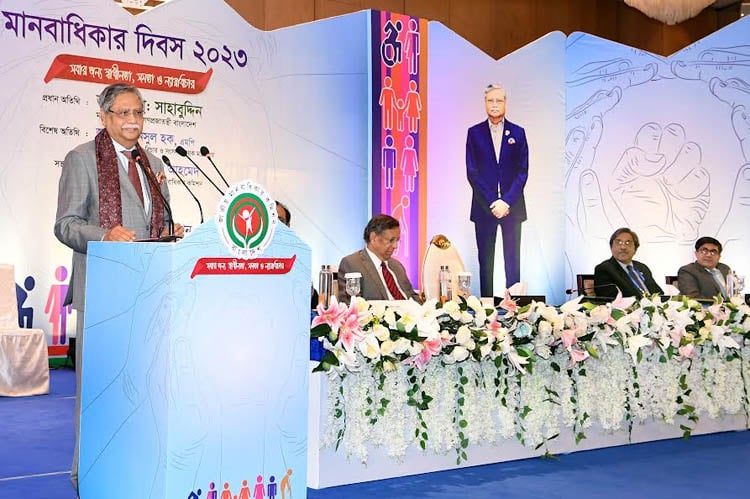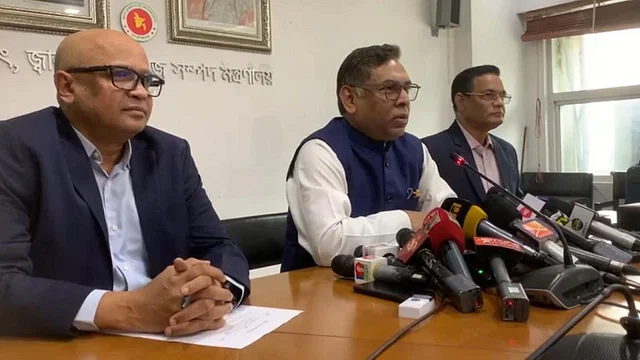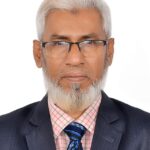SA Korobi: In December 2022, the United States announced the resettlement program for vulnerable Rohingya refugees in collaboration with the Government of Bangladesh and the United Nations High Commissioner for Refugees (UNHCR). Nearly one year later, in November 2023, the program finally commenced with around 500 Rohingyas resettled in the US, Canada, Australia, Japan, and other countries. Such lethargic development towards the resettlement program is a very underwhelming decision, considering they have been already suffering in the camps without a home to call their own for the last six years. Currently, approximately 1.2 million Rohingyas are living in the camps of Bangladesh, so resettling such negligible portions of Rohingyas certainly creates doubt on the genuine intentions of these countries in helping the vulnerable community.
Third-country resettlement programs are for the transfer of refugees from an asylum country to another state that has agreed to admit them and ultimately grant them permanent residence. But, third-country resettlement for refugees is viewed by UNHCR as the least desirable and most costly solution. Yet recently, Dhaka has been interested in resetting the refugees in third countries.
The reason for this is the worsening internal situation of Myanmar, which might impede the ongoing repatriation program for Rohingyas, along with the time bomb-like situations in the camps, which are worsening every day. However, the efforts by the international community to aid this vulnerable community have been outright disappointing. Since the pandemic hit in 2020, international funding for basic necessities for the refugees has been dropping as donor fatigue set in. In 2023, the Rohingya Humanitarian Crisis Joint Response Plan barely managed to gather 40 percent of the funds required. And now, the Rohingya resettlement plan suffers from this same lack of enthusiasm.
355 Rohingyas got resettled in the US, while Canada received 131 in the first phase of the program. Even Canada’s second phase (2021 to 2024) of responding to the Rohingya crisis includes $288.3 million in funds but there are no mentions of their resettlement to the country. Yet, the Canadian government is hosting 132,000 Ukrainian refugees fleeing the Russian invasion of Ukraine. On the other hand, Australia received 48, while 62 others traveled to the Netherlands, Italy, Argentina, Sweden, the UK, Ireland, Germany and Japan.
Canada and the US have two of the most significant refugee resettlement programs in the world with Canada resettling 55000 refugees and the US resettling 25000 in 2022. In 2016, Canada alone accepted 25,000 Syrian refugees, while Europe and Germany received over 300,000 asylum seekers. During the same period, the United Kingdom agreed to accept 20,000 refugees living in camps in Syria, Turkey, and Jordan. But, the numbers for Rohingya refugees— the most persecuted community in the world seem very inadequate compared to that. Why are Rohingya refugees being accepted in such small numbers?
It is very clear that Bangladesh can no longer host the Rohingyas in its camps no matter how much funds are funneled into it. The refugee population has become an outright threat for the national security of the country. In this situation, the true sustainable solution for Rohingyas is to either return to their country or to be resettled in countries which can habitat them.
Due to growing islamophobia, anti-immigrant sentiments or right-wing politics in the traditional refugee resettlement states Canada and US, Rohingyas might find it harder to resettle there. Other developed countries should come forward now considering high-income countries only host 17-28% of the world’s refugees.
In August of 2022, Australia announced to prioritize the “humanitarian visas’ ‘ to those who fled Myanmar military atrocities following the military coup in February 2021. Australia’s resettlement decision should reopen the third-country resettlement program of the Rohingyas living in the camps of Bangladesh as well.
Japan has resettled only 1,400 refugees since it began recognizing refugee applications in 1982. This saw a significant change when, in 2022, Japan accepted over 2,000 Ukrainians as temporary residents. But in the same year, only 133 Afghans were granted refugee status when they were also fleeing the Taliban takeover of their country. Such disparity must change in Japan’s response. As every year, Japan is increasing the number of its Asylum-seekers, it should focus on resettling larger groups of Rohingya refugees who are living on borrowed time in the camps.
The EU could have contributed to resetting Rohingyas, but their involvement in hosting a large number of Ukrainian refugees leaves a bleak spot for the Rohingya community. But for a country like Sweden, which definitely has resources to grant access to large-scale groups of refugees, the lowered quota of 900 refugees annually is very minimal. The country has been a significant contributor to funds in sustaining Rohingya refugees, and they should leap forward to resettle the vulnerable community.
Bangladesh’s Foreign Minister urged the US, UK, and Japan to take in 100,000 Rohingya and the response to the request will definitely determine the true commitment of these countries to addressing the plight of Rohingya refugees. If Bangladesh, not being a signatory to the 1951 UN Refugee Convention, can host and support 1.2 million Rohingya Muslims for six years, the nations that claim to be the champion of human rights can be sincere in helping the vulnerable community, too.
Writer: SA Korobi is a Student of Peace and Conflict Studies (MSS) at University of Dhaka.









